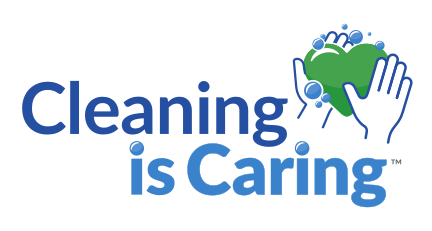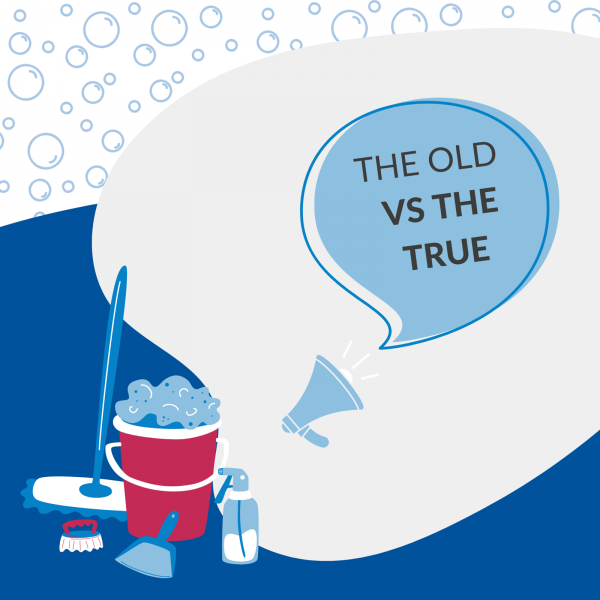The start of a new year is a good time to put to rest some cleaning practices that have seen their day. Here’s the lowdown on some old (and not-so-old) cleaning myths.
The Old: Sponges can be sanitized in the microwave.
The True: Using the microwave can be risky. Unless the sponge is soaking wet, there is the possibility of starting a fire. In addition, the size of the sponge and the amount of power in the microwave are variables that influence how long you would need to zap it to kill germs. A better way is to soak the sponge for five minutes in a solution of one quart water to three tablespoons of chlorine bleach. Let the sponge air-dry. Replace your sponges every two to eight weeks, depending on how frequently and roughly they’re used. And use paper towels instead of sponges to mop up food spills.
The Old: Silverware should always be washed by hand.
The True: Silver cutlery can be put in the dishwasher if it’s not washed in the same basket as stainless-steel cutlery. If the two metals touch, the silver may be permanently damaged. One advantage of washing silverware by hand is that the patina is enhanced by the rubbing that occurs during the washing and drying process.
The Old: It’s a good “green” practice to save energy by drying clothes on a clothesline, rather than in the dryer.
The True: The increased use of cold- and warmwater wash cycles means that some bacteria may not be destroyed during the laundering process. Machine drying after washing and rinsing will help reduce those lingering bacteria and viruses. In addition, some modern fabrics contain optical brighteners or fluorescent whitening agents that may turn yellow when exposed to long periods of sunlight.
The Old: Silver items should be polished regularly.
The True: Too much polishing eventually starts removing metal, as well as the patina that makes silver pieces so attractive. In fact, the more often you use and wash silverware, the less often it needs to be polished.
The Old: Club soda is a good stain remover.
The True: There’s no scientific basis for the claim that club soda removes stains. Its success is probably due to the fact that it’s usually close at hand so the stain is treated promptly. Tap water is cheaper and works just as well. Be aware that water treatment may only dilute, but not remove, the stain. Stain sticks, stain wipes and prewash stain removers are usually better remedies to avoid stains.
The Old: Crumpled newspapers are great for cleaning windows and mirrors.
The True: While this may have worked at one time, paper and ink formulas have changed, so you may end up with smudges on your windows and casings. Paper towels or a microfiber cloth are better solutions.
The Old: Hairspray is a great way to remove ink stains.
The True: This technique surfaced – and often worked – when alcohol was a key ingredient in hairspray. Today, hairspray formulas are either low-alcohol or alcohol-free. Use undiluted rubbing alcohol or a stain-removal product formulated for ink stains instead.
The Old: Washing dishes by hand is more energy efficient.
The True: Dishwashers use less energy, cost less money, and save more water than washing dishes by hand if you’re washing at least eight dishes. It also takes less time since you don’t even need to pre-rinse.


TELL US WHAT YOU THINK (0)